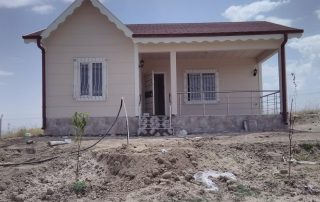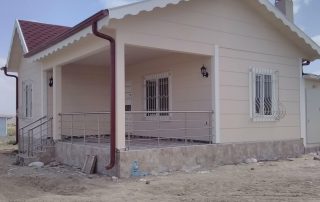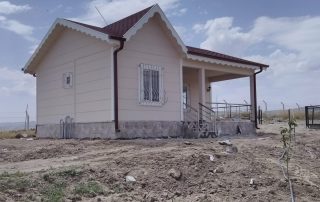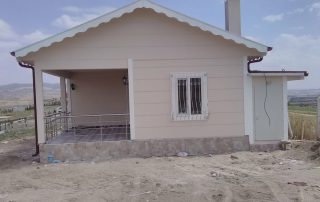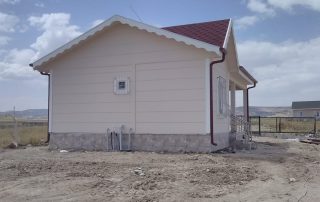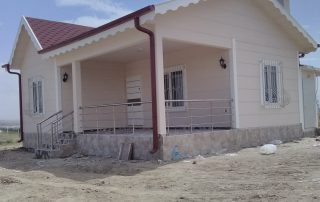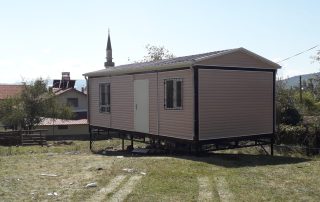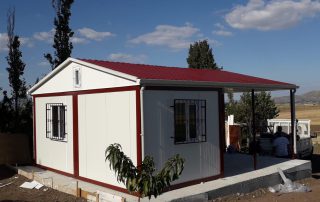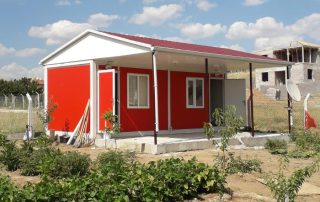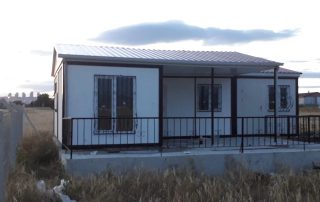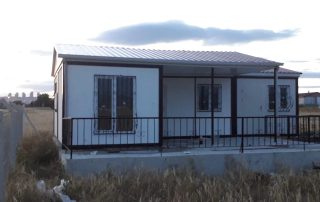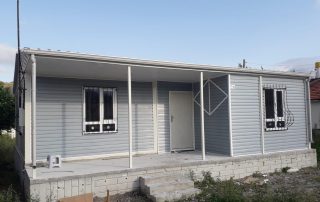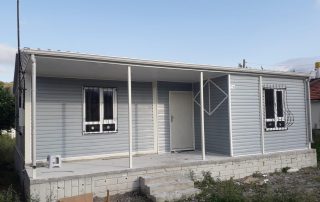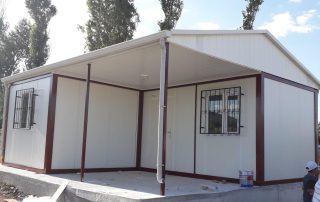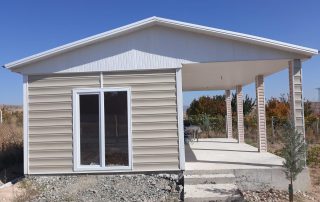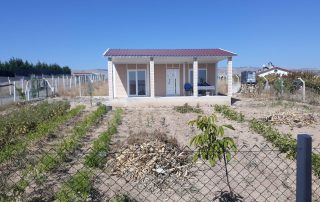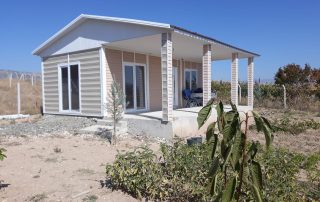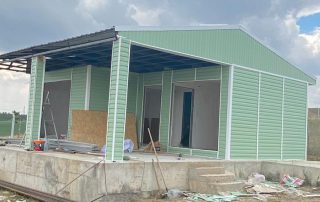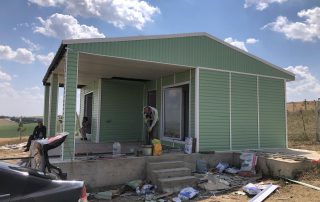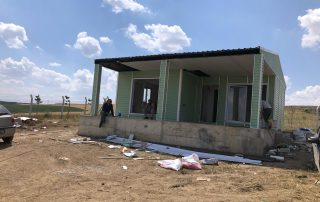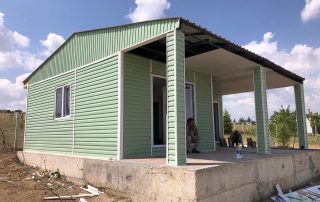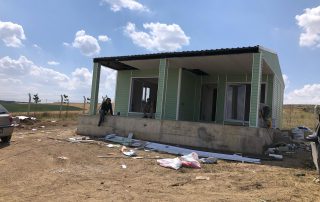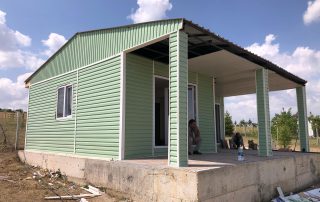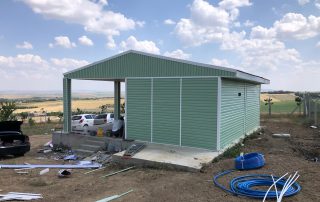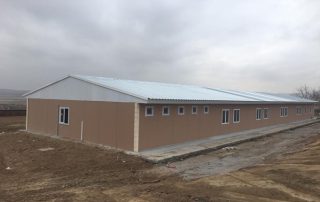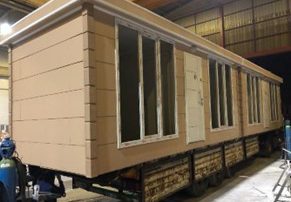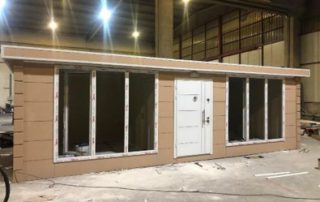Prefabricated Buildings
The construction industry is evolving rapidly, and prefabricated buildings are leading the charge. These structures, built off-site in controlled environments and assembled on location, offer unmatched speed, cost efficiency, and sustainability compared to traditional construction methods.
What Are Prefabricated Buildings?
Prefabricated (or prefab) buildings are structures that are constructed in sections in a factory, then transported and assembled on-site. This modular approach saves construction time, minimizes waste, and offers consistent quality.
Primary Advantages of Prefabricated Buildings
✅ Faster Construction – Reduces construction time by up to 50% compared to traditional methods.
✅ Cost-Effective – Reduced labor and material waste translate to significant cost savings.
✅ Eco-Friendly – Minimal site disturbance and reduced carbon footprint.
✅ High Quality – Accuracy and durability guaranteed by factory-controlled production.
✅ Flexibility – Easy to expand, relocate, or modify as needed.
Types of Prefabricated Buildings
Prefab construction is of various types, each meeting varied needs:
1. Modular Buildings
Built in entire modules and then mounted on the site.
Ideal for houses, schools, hospitals, and offices.
2. Panelized Buildings
Walls, floors, and roofs are prefabricated and then mounted.
Common in residential and commercial construction.
3. Prefabricated Steel Structures
Made from steel frames for durability and strength in harsh weather.
Used in factories, warehouses, and industrial buildings.
4. Tiny Homes & Portable Cabins
Portable, small, and perfect for vacation homes, offices, or temporary residences.
Top Uses of Prefabricated Buildings
Prefab buildings are versatile, from homes to industry uses:
Residential Housing
Affordable, quickly built housing for rural and urban areas.
Modular designs that can be suited to modern living needs.
Commercial & Office Spaces
Rapid deployment for start-ups, co-working spaces, and retail stores.
Scalable for growing businesses.
Healthcare Facilities
Rapid setup of clinics, emergency shelters, and mobile hospitals.
Industrial & Warehousing
Strong, durable buildings for factories, storage, and logistic hubs.
Are Prefabricated Buildings Durable?
Yes! Prefab buildings today are built to meet (or exceed) traditional building codes. Advances in materials like steel, SIPs (Structural Insulated Panels), and reinforced concrete ensure durability and resistance to extreme weather conditions.
Conclusion: The Smart Choice for Modern Construction
Prefabricated buildings offer speed, affordability, sustainability, and flexibility—making them perfect for residential, commercial, or industrial projects. As technology continues to evolve, prefab building will only grow more popular, revolutionizing the way we build for the future.
Contact us today for a customized container solution to your industry’s largest challenges!

